Foraging: The Ultimate Guide to Finding Food in the Wild
When it comes to food, preppers know that you can never be too prepared. You need to have a stockpile of supplies in case of an emergency, but what if those supplies run out? Or what if you can’t get to them or they were destroyed as a result of the disaster? That’s where foraging comes in. Foraging is the art of finding food in the wild. It can be a great way to supplement your stockpile, or even to help you survive if things go bad. But foraging is not as easy as it sounds. There are a lot of things to consider, and it can be dangerous to your health if you’re not careful. Leanne L. recommended the following books. She is an authority on foraging, in my mind. After she mentioned these books, I knew which one to buy. Please purchase books that are suitable for your area and your true needs.
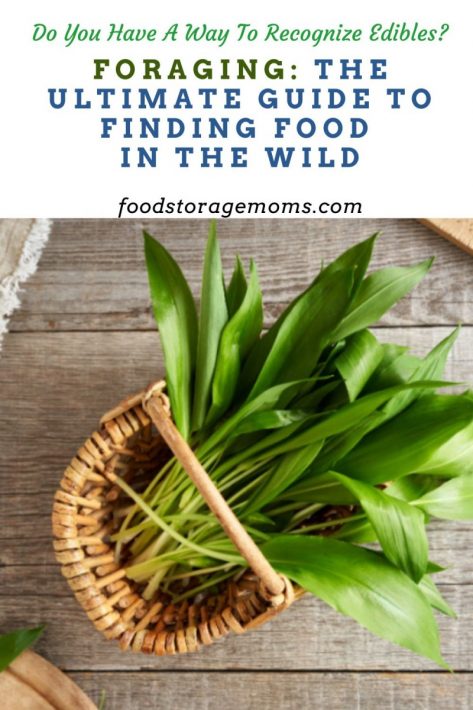
Foraging: The Ultimate Guide to Finding Food in the Wild – Great Books to Consider
- Wild Remedies by Rosalee de la Forêt and Emily Han
- Pacific Northwest Foraging by Douglas Deur
- Hands-On Healing Remedies by Stephanie L. Tourles
- Rosemary Gladstar’s Herbal Recipes for Vibrant Health
- Northeast Foraging by Leda Meredith (recommended by Rhonda W.H.)
- Wild Edible Plants of Arizona by Charles W. Kane
- Sonoran Desert Food Plants: Edible Uses for the Desert’s Wild Bounty by Charles W. Kane
- Edible and Useful Plants of the Southwest: Texas, New Mexico and Arizona by Delena Tull
- Identifying & Harvesting Edible and Medicinal Plants (And Not So Wild Places) by Steve Brill and Evelyn Dean
- Nature’s Garden: A Guide to Identifying, Harvesting and Preparing Wild Edible Plants by Samuel Thayer
- Southwest Foraging: 117 Wild & Flavorful Edibles from Barrel Cactus to Wild Oregano by John Slattery
What is Foraging?
Foraging is the act of searching for food in the wild. This can be done for a number of reasons. Some people do it to supplement their diet, while others do it as a way to survive in an emergency situation.
Foraging can be a great way to get fresh, healthy food that you might not otherwise have access to. It can also be a fun way to get outside and explore your surroundings. But it’s important to remember that foraging is not without its risks. There are many dangers that come with looking for food in the wild, and it’s important to be aware of them before you start.
Dangers of Foraging
Foraging can be dangerous if you’re not careful. There are many things to consider when you’re looking for food in the wild, and if you’re not prepared, it can be easy to get into trouble. Here are some of the dangers that you should be aware of:
- Getting lost: One of the biggest dangers of foraging is getting lost. If you’re not careful, it’s easy to wander off the beaten path and end up in unfamiliar territory. This can be especially dangerous if you’re in an area that is remote, difficult to access, or an area you aren’t familiar with.
- Weather: Another danger of foraging is the weather. If you’re out in the wilderness, you’re at the mercy of the elements. This can be a problem if you get caught in a significant storm or if the weather turns unexpectedly cold.
- Animals: Another danger to consider is animals. If you’re foraging in an area where there are wild animals, you could end up getting hurt by them. This is especially true if you’re looking for food in their territory.
- Plants: Another danger of foraging is poisonous plants. Many plants are poisonous to humans, and it can be easy to mistake them for something that is edible. If you’re not careful, you could end up eating something that makes you sick or even kills you. Also, be aware of plants that could cause other challenges like poison oak or poison ivy. It’s worth spending some time researching plants to expect in your area, how to avoid them, and how to provide proper treatments for yourself if exposed.
- People: Finally, another danger of foraging is people. If you’re in an area where there are people you aren’t familiar with, you could end up getting confronted and possibly hurt by them. This is especially true if you’re in an area that is controlled by a criminal element, the homeless, or property owners if you didn’t get proper permission to enter their land.
Tips for Foraging Safely
Now that you know some of the dangers of foraging, here are some tips to help you do it safely:
Plan Ahead
One of the best things you can do to stay safe while foraging is to plan ahead. This means knowing where you’re going, what plants you’re looking for, where on the land they are likely to be found, and how to get back home safely. It’s also a good idea to bring along a map and compass so you can find your way if you get lost.
Do Your Research
Before you go foraging, it’s important to do your research. This means learning about the plants and animals in the area, as well as the weather conditions. It’s also a good idea to talk to someone who has experience with foraging so you can get some tips.
The book Plant to Plate-Complete Beginners Guide to Foraging in North America is a great place to start. Additionally, take some foraging courses such as Wild Food Adventures.
Dress Appropriately
Another important thing to consider is your clothing. Make sure you’re dressed for the weather and the terrain. This means wearing layers in case the weather changes, and sturdy shoes in case you have to hike through rough terrain. Long pants and long sleeves can make a difference if you have to make your way through some heavy brush.
It is also a good idea to bring along some extra socks in case your feet get wet. Extra shoes are also good, but could add extra weight you aren’t anxious to deal with.
Bring a Friend
It’s always a good idea to forage with a friend. This way, you can watch out for each other and make sure you both stay safe. If that friend happens to have some experience with foraging, all the better for both of you.
Be Careful with Plants
As we mentioned before, many plants are poisonous. So, it’s important to be careful when you’re handling them. If you’re not sure if a plant is safe to eat, it’s better to err on the side of caution and not eat it. The books listed above can be handy guides, but your local state extension service should be able to assist you in finding the desirable plants, and which one to steer clear of.
Be Careful with Animals
Similarly, you need to be careful with animals when you’re foraging. If you’re in an area where there are wild animals, make sure you’re aware of them and know how to avoid them. If you are out in the wild for a few days and have food with you or that you’ve prepared while there, be aware of the ways to hide or store them from animals that are also foraging.
Insects are Usually Safe, but Not Bugs
Insects have a 3-part body, 6 legs, and 1 pair of antennae. Typically, you can eat insects, but you should avoid bugs like spiders and millipedes.
The exception to eating insects is that you should avoid anything that is hairy like a bee. However, if it has a crunchy, chitinous exoskeleton like ants, crickets, or termites, you can generally eat them. In fact, crickets have a nutty flavor when you roast them, and ants have a lemony flavor.
Some exceptions to this rule are ladybugs and monarch butterflies. These animals are actually not poisonous, even though they are brightly colored.
Only Eat What You Know
NEVER eat a plant that you cannot positively identify! If you’re not sure if something is safe to eat, don’t eat it. It’s better to be safe than sorry.
The plant world is a tricky and dangerous place. There are many instances where two species look alike, but one has medicinal benefits while the other can be highly toxic. If you don’t know how to distinguish them, stay away. An example is the water hemlock versus yarrow hemlock.
Check for Allergies
Before you eat anything, you should check to see if you’re allergic to it. Eat a small amount of whatever you’re planning on eating and wait a few hours to see if you have any reaction. If you do, don’t eat anymore of it. If you have a significant reaction be sure to get professional help as soon as possible.
Wash Everything Thoroughly
You should always wash fruits, vegetables, and herbs thoroughly before you eat them. This will help remove any dirt, bacteria, or pesticides that may be present.
Cook When Possible
When in doubt, cook it! Cooking food will kill any bacteria or parasites that may be present. So, if you’re not sure if something is safe to eat, cook it before you eat it.
Eat Mollusks and Worms
Raw Mollusks, like clams, oysters, and mussels, are usually safe to eat raw. This is because they filter their food from the water, so they don’t usually have any parasites or bacteria on them.
Worms are also safe to eat raw in an emergency, but cooking is much safer. However, you should only eat worms that are less than 4 inches long. This is because longer worms may have tapeworms, which can be dangerous if ingested.
If you want to be extra safe, you can cook both mollusks and worms before eating them.
You Can Eat Birds and Snakes
You can eat birds and snakes, but you should cook them before eating them. This may help kill any bacteria or parasites they may have.
Foraging & Edible Weeds
Final Word
Foraging is a great way to find food in the wild. However, you should be careful when you’re foraging. Make sure you know what you’re doing and only eat what you’re sure is safe. Wash all fruits, vegetables, and herbs thoroughly before you eat them. And, when in doubt, cook them!
Now that you know the basics of foraging, go out and explore the world around you. Who knows, you may just find your next meal! May God Bless this world, Linda
Copyright Images: Fresh Wild Garlic AdobeStock_497283840 by Madeleine Steinbach

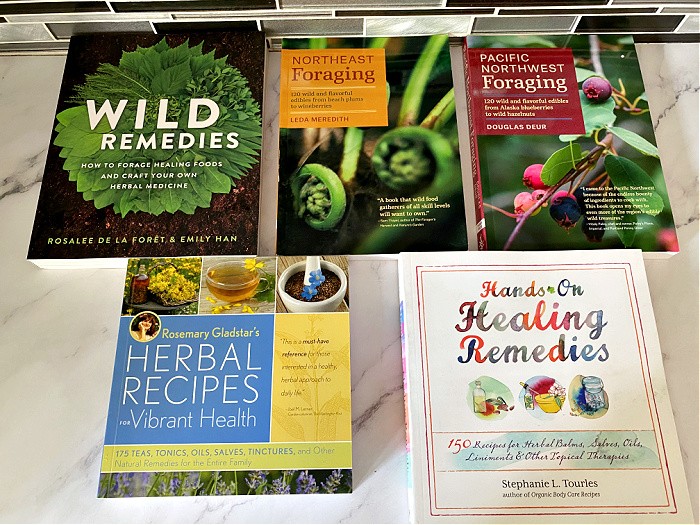

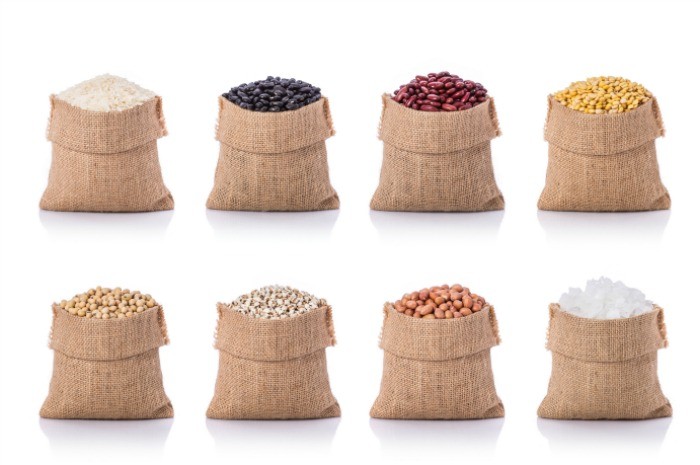
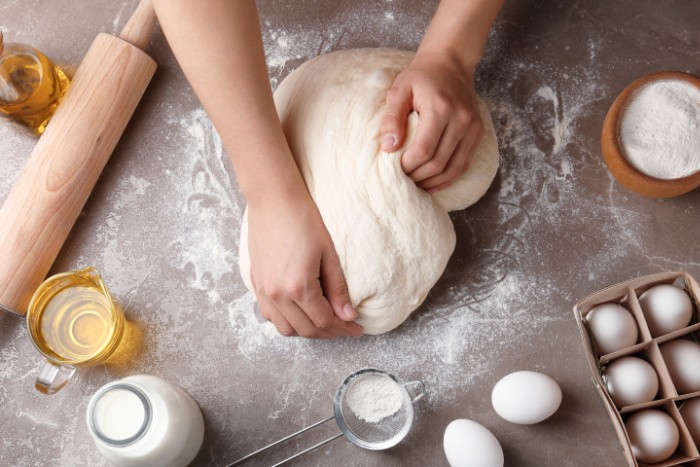
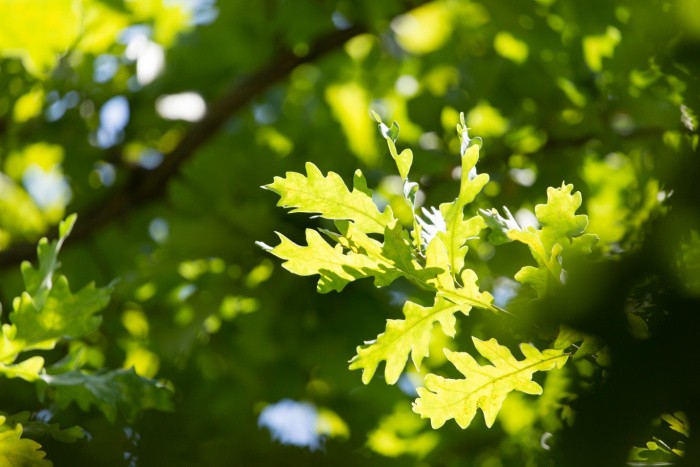
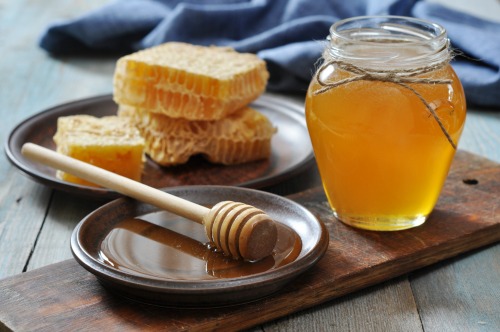
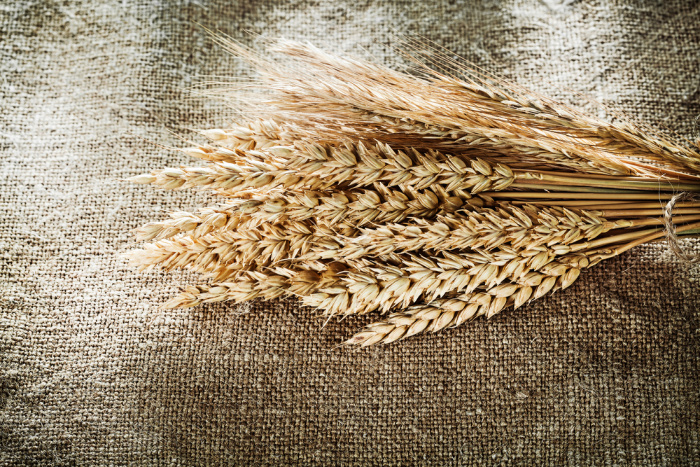
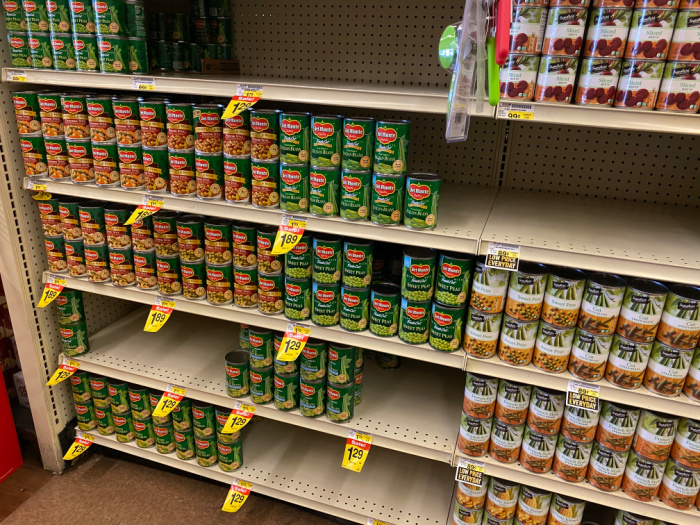














Linda,There have been hundreds of books written on this subject. My favorites are:
Nature’s Garden: A Guide to Identifying, Harvesting and Preparing Wild Edible Plants by Samuel Thayer
https://amzn.to/3QsxG7k
Identifying & Harvesting Edible and Medicinal Plants (And Not So Wild Places) by Steve Brill and Evelyn Dean
https://amzn.to/3SP3KE5
Edible and Useful Plants of the Southwest: Texas, New Mexico and Arizona by Delena Tull
https://amzn.to/3SQxY9R
Sonoran Desert Food Plants: Edible Uses for the Desert’s Wild Bounty by Charles W. Kane. Yeah, I know I live in the Mohave desert but trust me this is a good book whatever American desert you live in.https://amzn.to/3PnLXRp
I recently stumbled across this gem of a book Wild Edible Plants of Arizona also by Charles W. Kane. If you live in Arizona, or really anywhere in the desert Southwest, this is a great book to have. It’s brilliant!
https://amzn.to/3K2RmMY
Perhaps the most famous book on foraging is Stalking the Wild Asparagus by Euell Gibbons and I have a copy but, for my money, the above listed books are more useful. Take that advice with a grain of salt since I don’t do much foraging anymore.
I heartily encourage anyone with an interest in foraging to read several of the reviews of the above books before buying any of them.
Hi Ray, I trust your opinion big time! I will order these today, thank you, my friend! Linda
I forage a lot while hunting. It’s easy to adapt your eyes once you know what is around. Your looking for plants the animals forge on anyway. Your tracking, trailing and watching for water sources and you learn what grows where.
Sumac is a favorite to keep in my pocket to combat dry mouth from the hike. This is also the time to collect “the fluff” for spark catcher for the fire. Cactus fruit is delicious if you can beat the ants and birds to it.
As far as snakes most taste alike. Not much difference in rattle snake or a corn snake to me.
Birds on the other hand can have a darker meat or a whiter meat. In good times ensure you check local laws on this. In bad times everything is in the menu.
Hi Matt, I learned even more tips from you today! Sumac to combat dry mouth! Great Comment, my friend! Linda
Hi, Linda,
Thank you for adding references for the southwest — we seem to be forgotten.
A coworker who is a member of the Yaqui Tribe has been teaching his tribe members on edible & medicinal plants of southern Arizona. His focus is to prevent the loss of basic knowledge for his tribe. His main reference is- Southwest Foraging: 117 Wild & Flavorful Edibles from Barrel Cactus to Wild Oregano”
It’s a pretty heavy duty book for a locale that seems to be forgotten by the easterners & northerners.
Hi Bev & Gary in AZ, thank you for telling me about that book, I just added it to my list. I have several family members living in Arizona. I love love love hearing about new books!!! Thank you, Linda